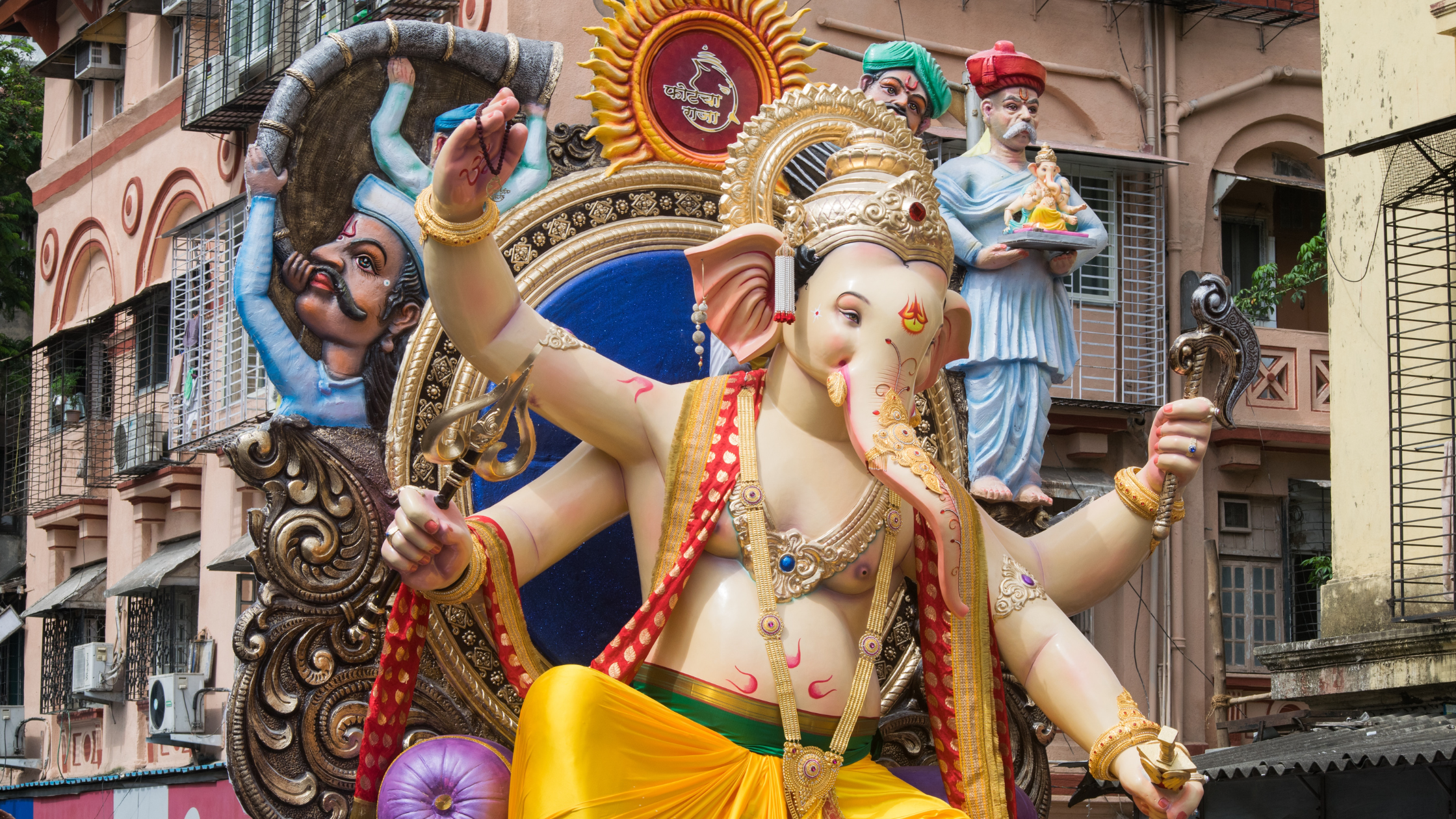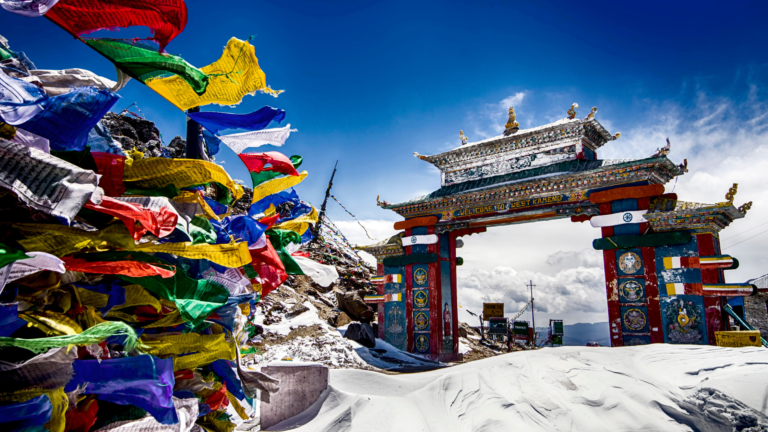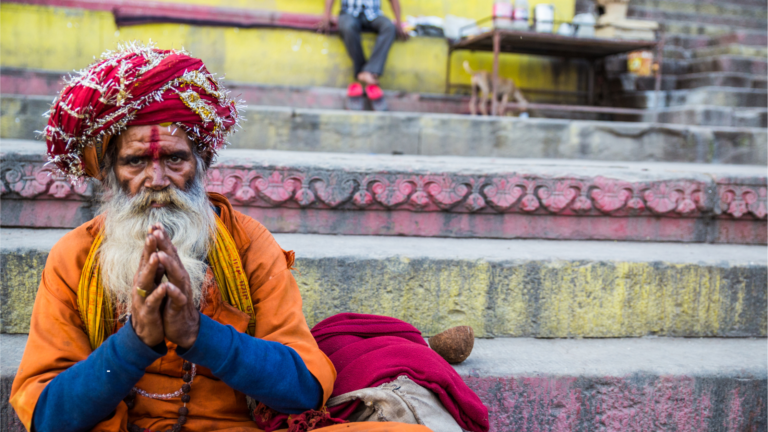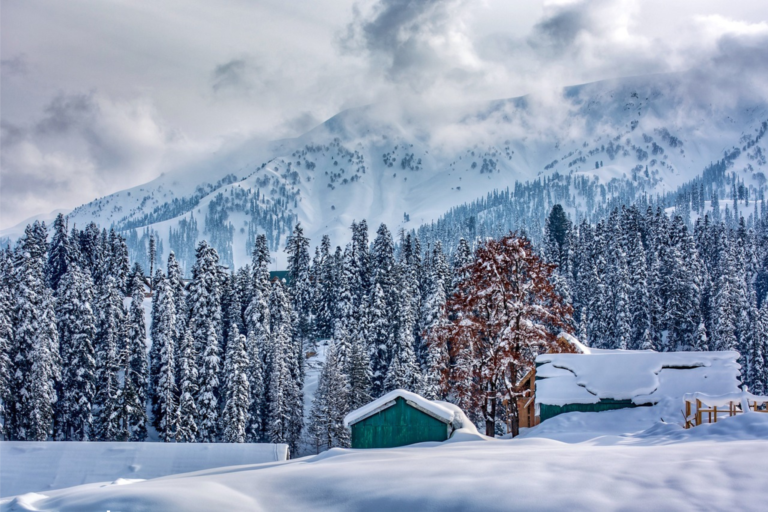India is a land of vibrant festivals that bring its rich culture and traditions to life. For Canadian tourists seeking to experience the heart and soul of India, timing your trip around these iconic celebrations can make for a truly unforgettable journey. This month-by-month guide will help you plan your trip to immerse yourself in India’s most colorful and culturally enriching festivals.
January – Makar Sankranti and Pongal
Where: Across India, with grand celebrations in Gujarat, Maharashtra, and Tamil Nadu.
Highlights: Kick off the year with kite flying during Makar Sankranti in Gujarat, where the sky fills with vibrant kites. In Tamil Nadu, Pongal is celebrated with traditional music, dance, and elaborate feasts, honoring the sun god and the harvest season.
February – Maha Shivaratri and Desert Festival
Where: Varanasi and Haridwar for Maha Shivaratri; Jaisalmer for the Desert Festival.
Highlights: Experience Maha Shivaratri, a night-long festival dedicated to Lord Shiva, with chants, prayers, and temple visits. In Rajasthan, the Desert Festival in Jaisalmer showcases folk music, camel races, and colorful attire against the golden dunes.
March – Holi
Where: Celebrated nationwide, with the most famous celebrations in Mathura and Vrindavan, Uttar Pradesh.
Highlights: Known as the Festival of Colors, Holi marks the arrival of spring. Join locals in throwing colored powders, dancing, and indulging in traditional sweets. Mathura and Vrindavan offer some of the most spirited Holi celebrations in India.
April – Baisakhi and Vishu
Where: Punjab for Baisakhi; Kerala for Vishu.
Highlights: In Punjab, Baisakhi celebrates the harvest season with energetic Bhangra dances and traditional feasts. In Kerala, Vishu, the Malayali New Year, is observed with grand feasts and the ritual of “Vishukkani,” where families gather to view auspicious items at dawn.
May – Buddha Purnima
Where: Bodh Gaya, Bihar; Sarnath, Uttar Pradesh.
Highlights: Visit Bodh Gaya, where Buddha attained enlightenment, and Sarnath for prayers, chanting, and spiritual gatherings on Buddha Purnima. This festival offers a serene and introspective experience for visitors interested in Buddhism and Indian spirituality.
June – Ganga Dussehra
Where: Haridwar and Varanasi.
Highlights: Celebrating the descent of the sacred river Ganges to Earth, Ganga Dussehra in Haridwar and Varanasi includes river worship rituals, evening aartis (prayer ceremonies), and spiritual gatherings. The atmosphere is peaceful yet spiritually invigorating.
July – Rath Yatra
Where: Puri, Odisha.
Highlights: The Rath Yatra, or Chariot Festival, features grand wooden chariots pulled through the streets. Join thousands of devotees at Puri’s Jagannath Temple for this age-old tradition, which is one of the most mesmerizing religious processions in India.
August – Janmashtami and Raksha Bandhan
Where: Mathura and Vrindavan for Janmashtami; nationwide for Raksha Bandhan.
Highlights: Witness Janmashtami, celebrating the birth of Lord Krishna, in Mathura and Vrindavan with dances, dramas, and midnight prayers. Raksha Bandhan is a day for siblings to celebrate their bond, and the country comes alive with family gatherings and gift exchanges.
September – Ganesh Chaturthi and Onam
Where: Maharashtra for Ganesh Chaturthi; Kerala for Onam.
Highlights: In Maharashtra, Ganesh Chaturthi honors Lord Ganesha with ten days of prayers, processions, and celebrations, culminating in the immersion of Ganesha idols in water. In Kerala, Onam celebrates the harvest season with floral designs, traditional boat races, and elaborate feasts.
October – Durga Puja and Dussehra
Where: West Bengal for Durga Puja; Mysore and North India for Dussehra.
Highlights: Durga Puja in Kolkata is one of India’s grandest festivals, featuring decorated idols, cultural performances, and feasts. Dussehra marks the victory of good over evil, with elaborate effigies of Ravana burned in public gatherings in North India.
November – Diwali
Where: Celebrated across India, with special celebrations in Jaipur, Varanasi, and Delhi.
Highlights: Known as the Festival of Lights, Diwali is celebrated with fireworks, decorated homes, and the lighting of lamps. Jaipur’s markets and Varanasi’s ghats are beautifully illuminated, offering a magical experience for travelers.
December – Christmas and Hornbill Festival
Where: Goa for Christmas; Nagaland for the Hornbill Festival.
Highlights: In Goa, Christmas is celebrated with midnight masses, decorated churches, and festive markets. In Nagaland, the Hornbill Festival is a cultural extravaganza, showcasing the music, dance, and crafts of various Naga tribes. It’s a unique way to experience India’s tribal heritage.
Tips for Experiencing Indian Festivals
- Plan Ahead: Some festivals attract large crowds, so book accommodations and transport well in advance.
- Dress Appropriately: Respect cultural norms by dressing modestly, especially during religious events.
- Participate Respectfully: Be an active observer but mindful of rituals and customs. Some events have restrictions for non-participants.
- Be Prepared for Crowds: Indian festivals can be vibrant and crowded; prepare accordingly and stay safe.
Experiencing India’s festivals offers a glimpse into the country’s rich cultural diversity. From spiritual gatherings to grand celebrations, each festival has its unique charm. By planning your visit around these iconic events, Canadian tourists can experience the warmth, color, and spirit of India at its finest.






